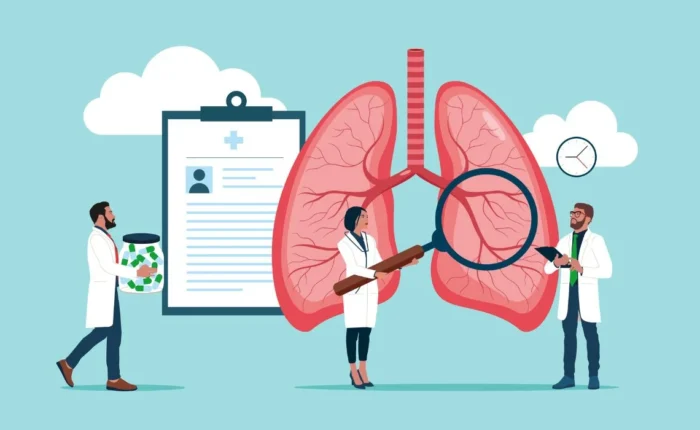Cancer Treatment in Pakistan: Challenges and Emerging Hope

Cancer, a word that brings fear and uncertainty, is one of the leading causes of death worldwide—and Pakistan is no exception. With nearly 150,000 new cases reported annually and rising, the country faces immense challenges in offering timely, accessible, and quality treatment to cancer patients. However, amidst the struggles, a new wave of awareness, innovation, and collaboration is bringing hope.
The Harsh Reality
Pakistan’s healthcare system has long struggled with limited resources, underfunded public hospitals, and a lack of cancer-specific infrastructure. According to the Pakistan Health Research Council, many cancer patients are diagnosed at a late stage, making treatment difficult and survival chances slim.
Some key challenges include:
- Limited cancer treatment centers: Only a handful of public hospitals have oncology departments.
- High treatment costs: Chemotherapy, radiation, and surgery are often unaffordable for low- and middle-income families.
- Lack of early detection: Screening programs are rare and awareness about early symptoms is still very low.
- Shortage of oncologists and trained staff: Many areas, especially rural ones, have no access to specialists.
As a result, many patients either forego treatment altogether or rely on alternative, often ineffective, remedies.
Where Treatment Is Available
Some of the most notable cancer treatment facilities in Pakistan include:
- Shaukat Khanum Memorial Cancer Hospital (Lahore and Peshawar): A charity-based model that provides world-class treatment regardless of a patient’s ability to pay.
- Aga Khan University Hospital (Karachi): Offers advanced cancer care including research and clinical trials.
- INMOL Hospital (Lahore): A public-sector institute specializing in radiotherapy.
- Pakistan Atomic Energy Commission (PAEC) Cancer Hospitals: A network of over 18 centers providing cancer care across the country.
The Role of NGOs and Public-Private Partnerships
Organizations like Pink Ribbon Pakistan and White Ribbon Alliance have been at the forefront of raising awareness, particularly for breast and cervical cancers. Their efforts in screening, education, and advocacy have reached millions, especially in underserved communities.
Public-private partnerships are also beginning to show results. The collaboration between HEC and Pink Ribbon is a successful model of youth-driven cancer awareness and prevention.
Advances and Innovations
Despite challenges, some rays of hope are breaking through:
- Telemedicine: Helping cancer patients in remote areas consult specialists in urban centers.
- Mobile screening units: Taking early detection to rural communities.
- AI-powered diagnostics: Emerging tools are being tested in research hospitals for early and accurate diagnosis.
- Research and trials: Institutions like Aga Khan and SKMH are now participating in regional cancer research initiatives.
What Needs to Be Done
To fight cancer more effectively in Pakistan, coordinated action is essential. Here are some key recommendations:
- Government Investment: Increased public funding for oncology departments and treatment subsidies.
- Screening Programs: Nationwide efforts for early detection, especially for breast, cervical, and oral cancers.
- Training and Education: More oncologists, nurses, and technicians are needed, along with public education campaigns.
- Affordability & Access: Local production of medicines, insurance coverage, and public-private subsidized treatments.
